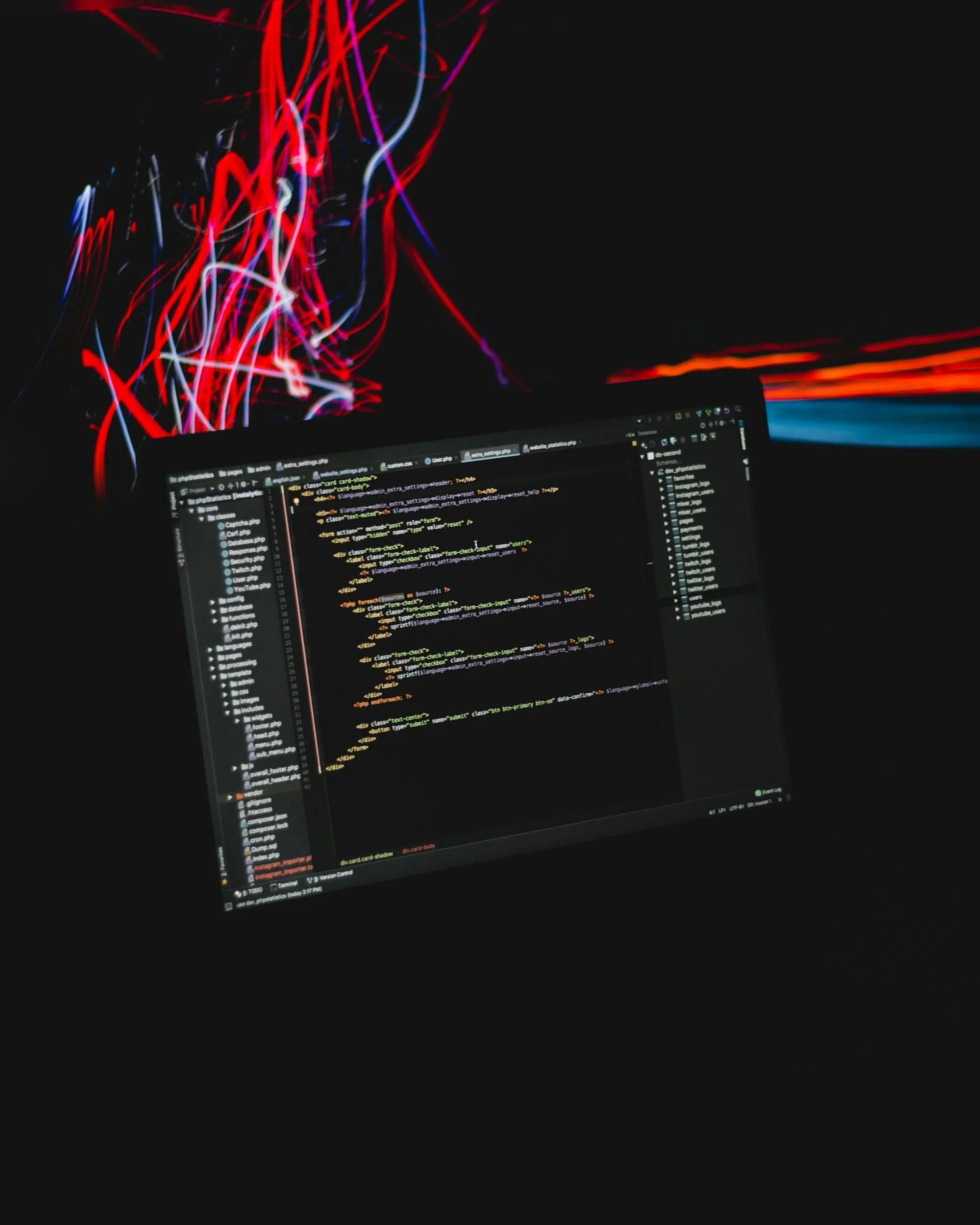
Sideload Attack Detection
Detect malicious sideloaded activities before they compromise you, your supply chain, your partners, or customer trust.
How We Help
-

Detect DLL Hijacking Early
Our monitoring looks for unexpected changes in DLL load order, a common sideloading tactic used to execute malicious code under the guise of a legitimate process. Early detection stops attackers from embedding themselves in trusted software.
-

Protect Trusted Directories
We watch for new or modified executables in directories your business relies on as safe zones. By catching these changes in real time, we help ensure attackers can’t plant or alter payloads in locations that are often overlooked by standard antivirus tools.
-

Unmask Suspicious Signed Executables
Signed code isn’t always safe. We identify legitimate-looking executables that behave maliciously—like modifying autostart entries or changing security settings—so you can block threats that traditional PUA detection misses.
Detect DLL Hijacking Early
Purpose:
Identify when attackers alter the expected load order of DLL files, allowing malicious libraries to be executed in place of legitimate ones.
Our Role
Monitor application DLL load sequences for anomalies.
Compare observed behavior against known good baselines.
Trigger alerts when load order changes point to potential hijacking attempts.
Why It Matters:
DLL hijacking is stealthy and often invisible to signature-based defenses. Early detection prevents attackers from injecting malicious code into trusted processes.
Protect Trusted Directories
Purpose:
Detect the creation or modification of executables in directories your business treats as safe, such as program installation folders or system paths.
Our Role
Continuously watch trusted directories for file changes.
Flag and review new or altered executables immediately.
Correlate changes with process and user activity for investigation.
Why It Matters:
Attackers target trusted directories because security tools may ignore them. Monitoring these areas closes one of the most common blind spots in endpoint defense.
Unmask Suspicious Signed Executables
Purpose:
Catch malicious actions performed by otherwise legitimate-looking, code-signed applications.
Our Role
Track signed executables for unusual behavior like registry changes to autostarts.
Identify processes that attempt to disable security tools or modify core settings.
Combine code-signing metadata with behavioral analytics to flag abuse.
Why It Matters:
Early detection is only valuable if you can act quickly. Integrated containment ensures sideloaded threats are neutralized before they can cause data loss, downtime, or reputational harm.

Ensure Your Continuity of Business
Close the gaps your antivirus can’t see.
Signed malware, DLL hijacking, and payloads hidden in trusted directories can slip past even advanced endpoint tools. Provenient’s targeted detection service finds and flags these threats—before they turn into breaches.
Get visibility where Defender leaves off.
